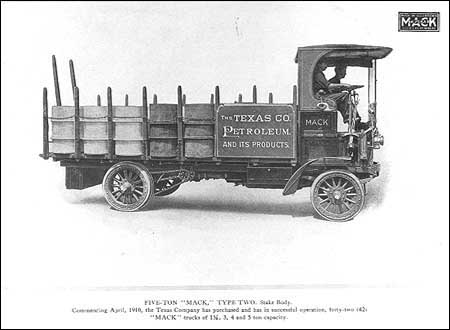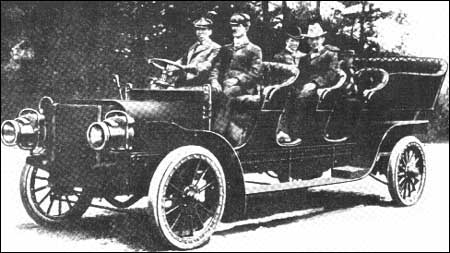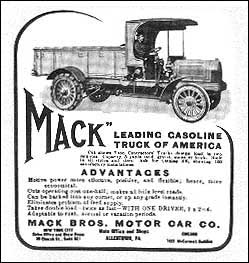
1950-1959
The 1950s brought significant product advancements from Mack, including the G, H and B models. The G series featured an all-aluminum cab for light weight and the ability to haul big payloads, especially in West Coast applications. The H series, dubbed the "Cherry Pickers" for their very high cabs were designed with a short bumper-to-back of cab dimension to accommodate 35 foot trailers within 45 overall legal limits.
The B series, introduced in 1953, was surely one of Mack's most successful and popular products. Its pleasing, rounded appearance set a new styling standard for trucks, as did the wide range of model variations offered. There are B models still in active service today, part of the 127,786 built through 1966. The year 1953 also marked the introduction of the famous Thermodyne open chamber, direct-injection diesel engine, which established Mack's tradition of leadership in diesel performance and fuel efficiency.
"International" is dropped from the title of the main Mack sales organization; henceforth, the Mack Motor Truck Corporation handles the branch operations in the continental United States, except in New England, where the Mack Motor Truck Company operates as before.
1956 - Mack changes the titles of its manufacturing and sales subsidiaries to Mack Trucks, Inc.
The first diesel-power fire truck -- a Mack B85F model -- was sold to the city of Hamilton, Bermuda in 1960.
Mack Trucks, Inc. purchases Brockway Motor company. Brockway ceased production in 1977.






1890-1899



